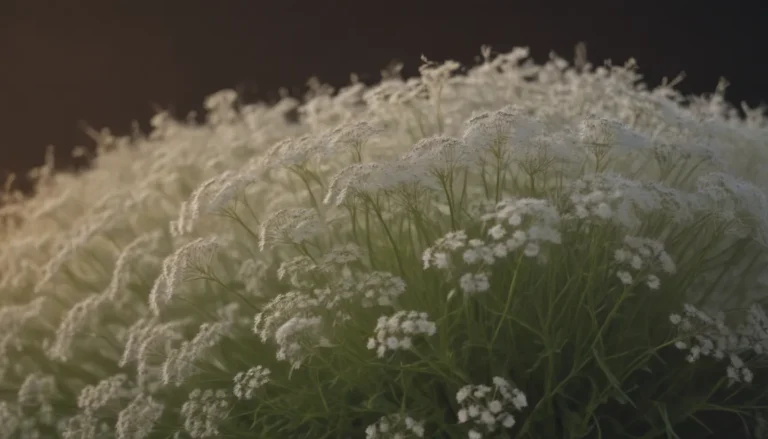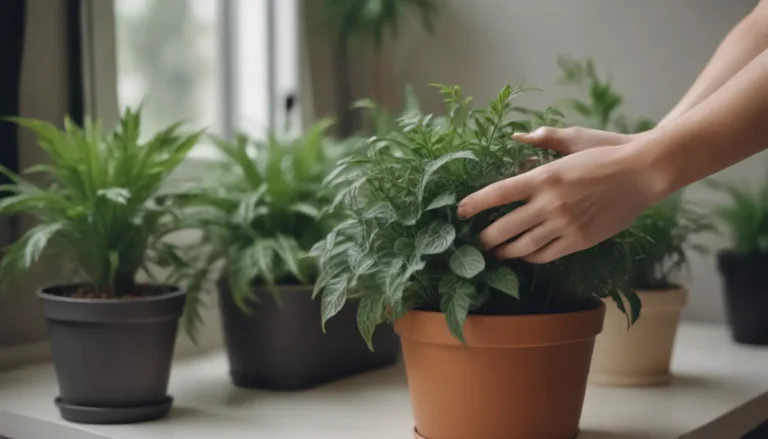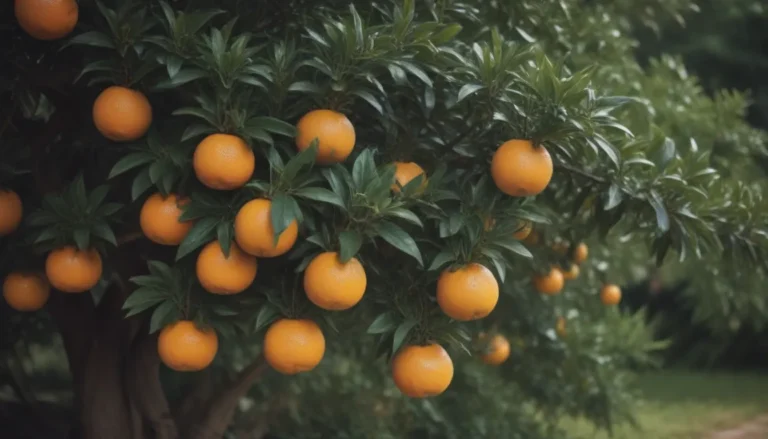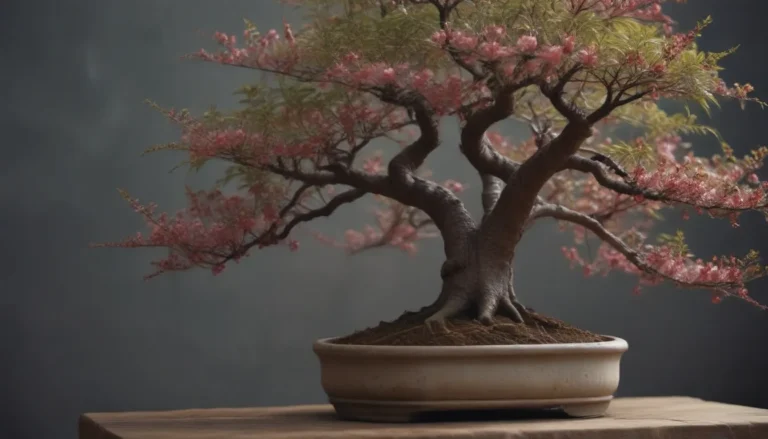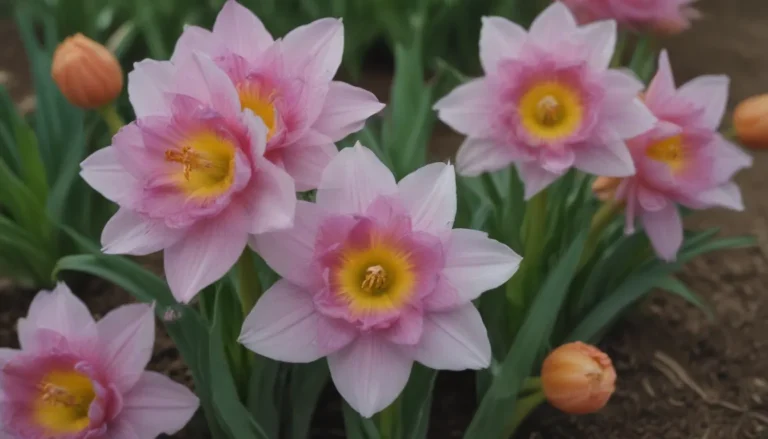The Ultimate Guide to Growing and Caring for Hebe Shrubs
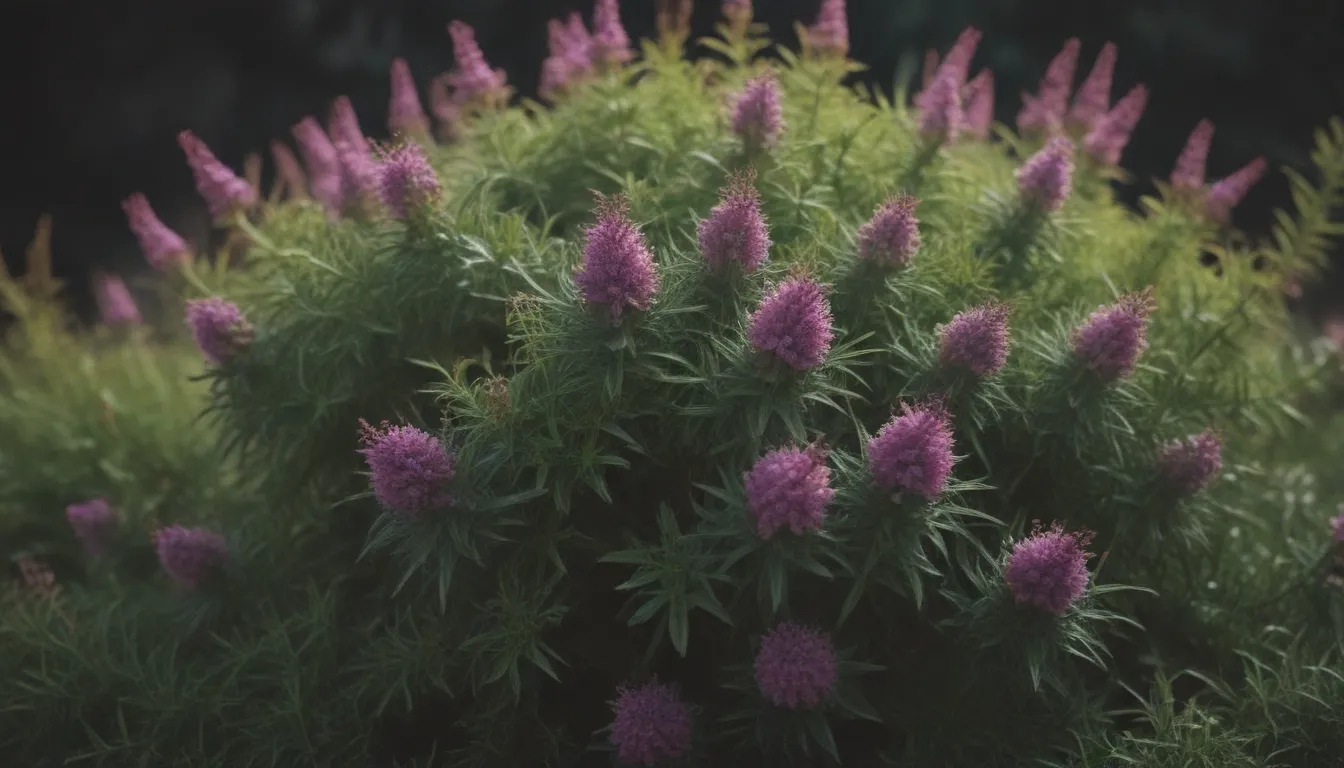
Hebe shrubs are a beloved choice among gardeners for their easy cultivation and stunning beauty. Originating from the mountainsides and coastlines of New Zealand, these broadleaf evergreens have captivated gardeners worldwide with their colorful leaves and vibrant blooms. With almost 100 species in the Hebe genus, there is a hebe shrub to suit every landscaping need and preference. In this comprehensive guide, we will explore everything you need to know about growing and caring for hebe shrubs to ensure they thrive in your garden.
Why Choose Hebe Shrubs?
Hebe shrubs offer a multitude of benefits that make them a popular choice for gardeners of all skill levels. Here are some reasons why you should consider adding hebe shrubs to your garden:
- Easy to cultivate and care for
- Beautiful foliage colors including green, purple, maroon, blue-green, and gray
- Striking spiked blooms in red, pink, white, purple, or blue
- Versatile landscaping options for gardens and containers
- Drought-tolerant with minimal water requirements
When to Plant Hebe Shrubs
Planting hebe shrubs at the right time is crucial for their successful establishment and growth. It is advisable to plant hebe shrubs in late spring to early summer when the soil is warm and the weather conditions are favorable for growth.
Hebe Shrub Care Tips
Proper care is essential for ensuring the health and vitality of your hebe shrubs. Here are some key care requirements to keep in mind:
Light
Hebe shrubs thrive in full sun to partial shade. Ensure they receive adequate sunlight to prevent them from becoming leggy in appearance and to encourage blooming.
Soil
Well-draining soil is essential for hebe shrubs, as they prefer moist but not waterlogged conditions. Most hebe shrubs tolerate slightly acidic to slightly alkaline soil, but neutral soil is generally preferred.
Water
While hebe shrubs are known for their drought tolerance, they still require regular watering to maintain optimal growth and healthy foliage. A consistent watering schedule will keep your hebe shrubs happy and vibrant.
Temperature and Humidity
Hebe shrubs are hardy and can withstand cold temperatures, but they thrive in climates with warm summers and mild winters. Ensure they are protected from heavy frosts and deep freezes to prevent damage.
Fertilizer
Hebe shrubs do not require frequent fertilizing, but adding organic matter or compost in late winter or early spring can help promote growth and flowering.
Types of Hebe Shrubs
With nearly 100 species in the Hebe genus, there is a wide variety of hebe shrubs to choose from. Some popular options include:
- Hebe speciosa ‘Variegata’
- Hebe ‘Western Hills’
- Hebe ‘Red Edge’
- Hebe ‘Grace Kelly’
- Hebe ‘Coed’
- Hebe buxifolia
Before selecting a hebe shrub for your garden, research the specific requirements of each species to ensure it suits your garden conditions and design preferences.
Pruning Hebe Shrubs
Pruning is essential for maintaining the shape and appearance of your hebe shrubs. Follow the ‘1/3 Rule’ for pruning shrubs to create a bushier look and trim off faded flowers to encourage new blooms. Regular pruning throughout the growing season will help prevent your hebe shrub from becoming leggy.
Propagating Hebe Shrubs
Propagating hebe shrubs is straightforward and can be done through cuttings. This method is effective for producing new plants that are genetically identical to the parent plant.
Growing Hebe Shrubs From Seed
While it is possible to grow hebe shrubs from seed, keep in mind that it may take several years for seedlings to establish and bloom. If you prefer a quicker propagation method, opt for cuttings instead.
Potting and Repotting Hebe Shrubs
Hebe shrubs are well-suited for container gardening and can be grown in pots both indoors and outdoors. Ensure the container has good drainage and use a well-draining potting mix to prevent waterlogging. Repot your hebe shrubs every two years or as needed to accommodate their growth.
Overwintering Hebe Shrubs
In colder climates, hebe shrubs may need to be overwintered indoors to protect them from freezing temperatures. Ensure young shrubs are adequately protected to prevent frost damage.
Common Pests and Plant Diseases
Aphids and spider mites may infest hebe shrubs, while fungal issues can arise from overly wet conditions. Address pest and disease problems promptly to prevent damage to your plants.
How to Get Hebe Shrubs to Bloom
Encouraging blooms in hebe shrubs requires proper care and maintenance. Ensure they receive sufficient sunlight, avoid heavy pruning, and deadhead faded flowers to promote new blooms and extend the flowering period.
In Conclusion
Hebe shrubs are a delightful addition to any garden, offering vibrant colors and beautiful blooms throughout the growing season. By following these care tips and guidelines, you can enjoy the beauty of hebe shrubs in your garden for years to come. With their easy cultivation and stunning appearance, hebe shrubs are sure to enhance the aesthetic appeal of your landscape. So why not consider adding a hebe shrub to your garden today and experience the joy of growing these versatile and resilient plants firsthand.
Remember, a little love and care go a long way in ensuring your hebe shrubs thrive and flourish in your garden. Happy gardening!

